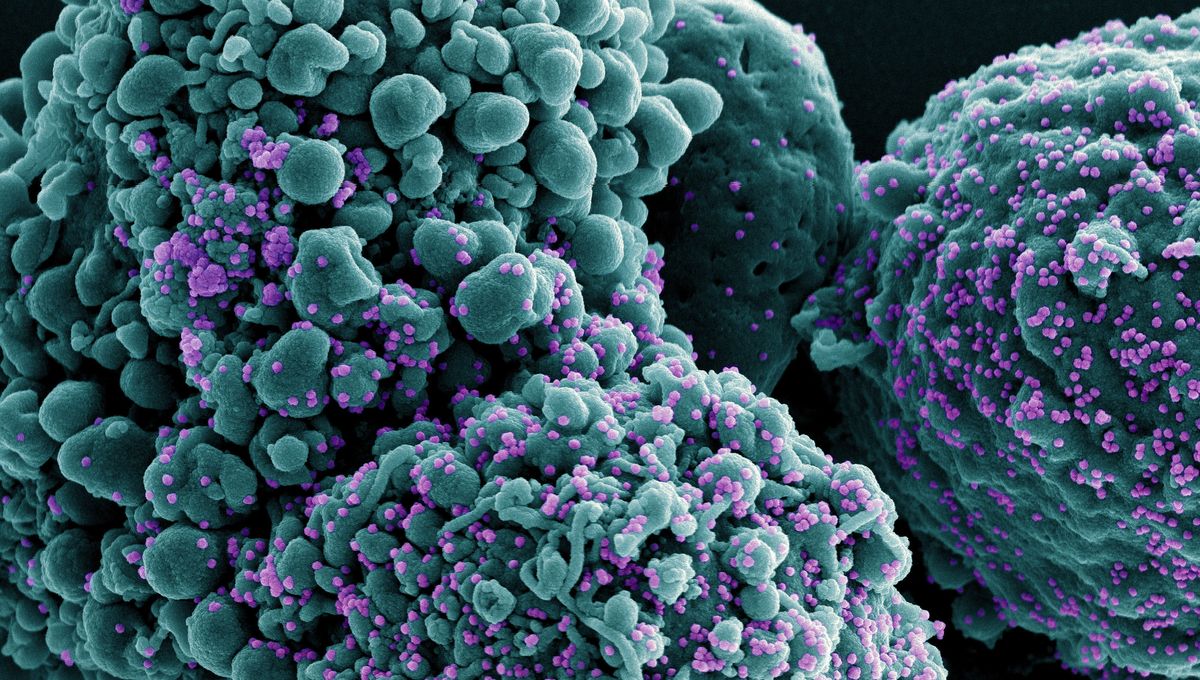
Early reports suggest that the US saw a spike of long-COVID cases this summer in the wake of the Omicron variant BA.5. Paired with this, their research suggests that the CDC drastically understated the number of COVID-19 cases seen during the latest variant surge.
In a pre-print paper, which is yet to be peer-reviewed, researchers from the City University of New York sampled over 3,000 US adults between June 30 and July 2, 2022, during the Omicron BA.5 surge. They found that 17.3 percent of respondents had experienced a SARS-CoV-2 infection.
If this sample is representative of the whole country, it would indicate that 44 million people in the US were infected with COVID-19 during this point in the summer – way higher than CDC estimates of just 1.8 million cases in this period.
“Our study underscores the extent to which reliance only on confirmed and reported cases contribute to the vast underestimation of the true burden of infection during surges. The degree of underestimation is likely increasing with time,” the report notes.
Most worryingly, some 21.5 percent of the respondents who caught COVID-19 reported experiencing long-COVID symptoms at least four weeks after their infection. This included symptoms like fatigue, difficulty concentrating, shortness of breath, and the much-dreaded “brain fog.”
Black people (27.3 percent) and people with underlying conditions (32.8 percent) were also significantly more likely to experience long-COVID, according to the report. Meanwhile, long COVID was lower than average among respondents that were over 65 years of age (14.8 percent).
All of this suggests that the US likely underestimated the number of COVID-19 cases in recent months – as well as the number of people who are continuing to experience lingering long-COVID symptoms after their infection has cleared up.
Previous estimates vary massively, but the CDC estimates that 13.3 percent of people who have COVID-19 will experience lingering post-COVID symptoms one month or longer after they catch the virus. This latest report is an early (albeit not conclusive) indication that the Omicron BA.5 surge has generated a spike in long-COVID in recent months
There are still many unknowns that surround long-COVID. For some, long-COVID will feel like a bit of fatigue while recovering from the illness. For others, it can be truly debilitating, severely impacting their ability to work and enjoy life.
Scientists have proposed a number of different mechanisms that might explain the condition – from micro-clots and inflammatory molecules to the production of auto-antibodies – but there is no single agreed-upon cause.
Regardless of its cause, it’s increasingly apparent that long-COVID is causing a staggering burden on society through rising healthcare costs, decreased quality of life, and people losing the ability to work.
One previous study estimated that long-COVID could cost the world up to $2.6 trillion. That figure has since been raised to $3.7 trillion after new information revealed that the impact of long-COVID might be even more widespread and severe than once held.
The unpublished study can be read on the pre-print server medRxiv.
Source Link: A Spike Of A Dreaded COVID-19 Side-Effect May Have Hit The US This Summer